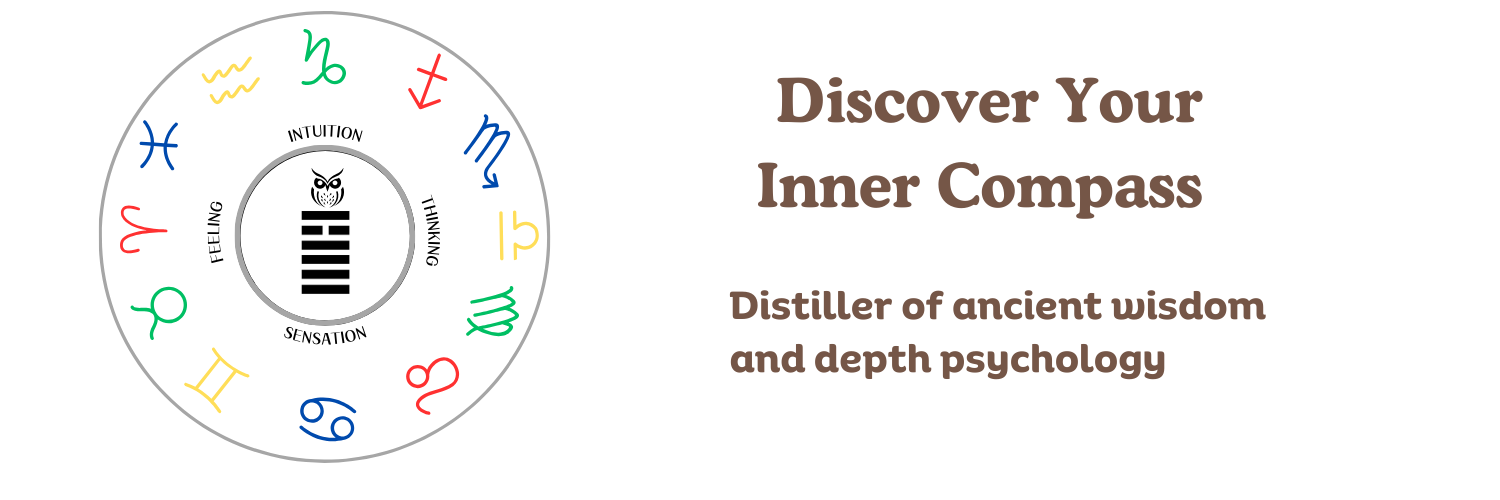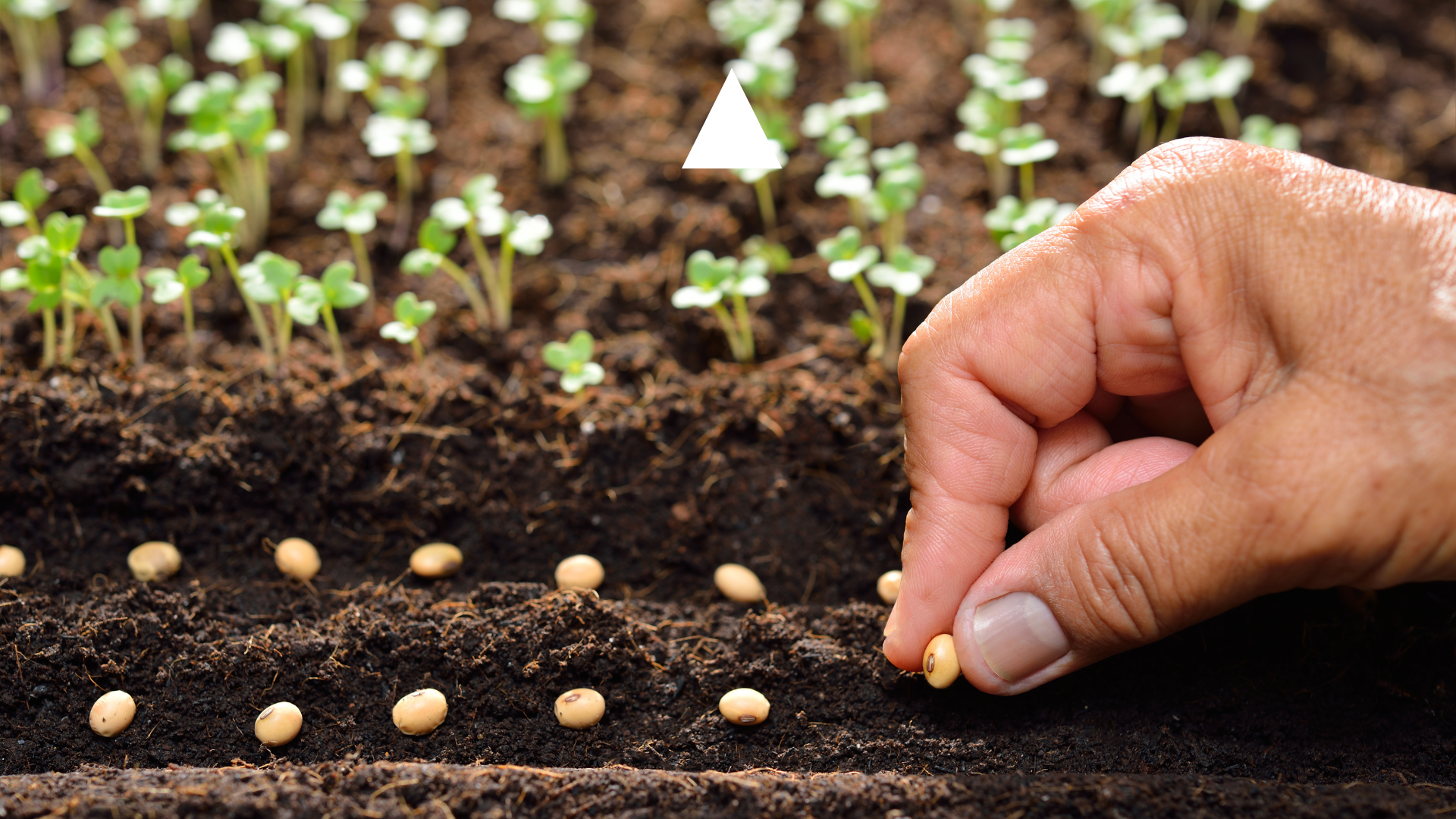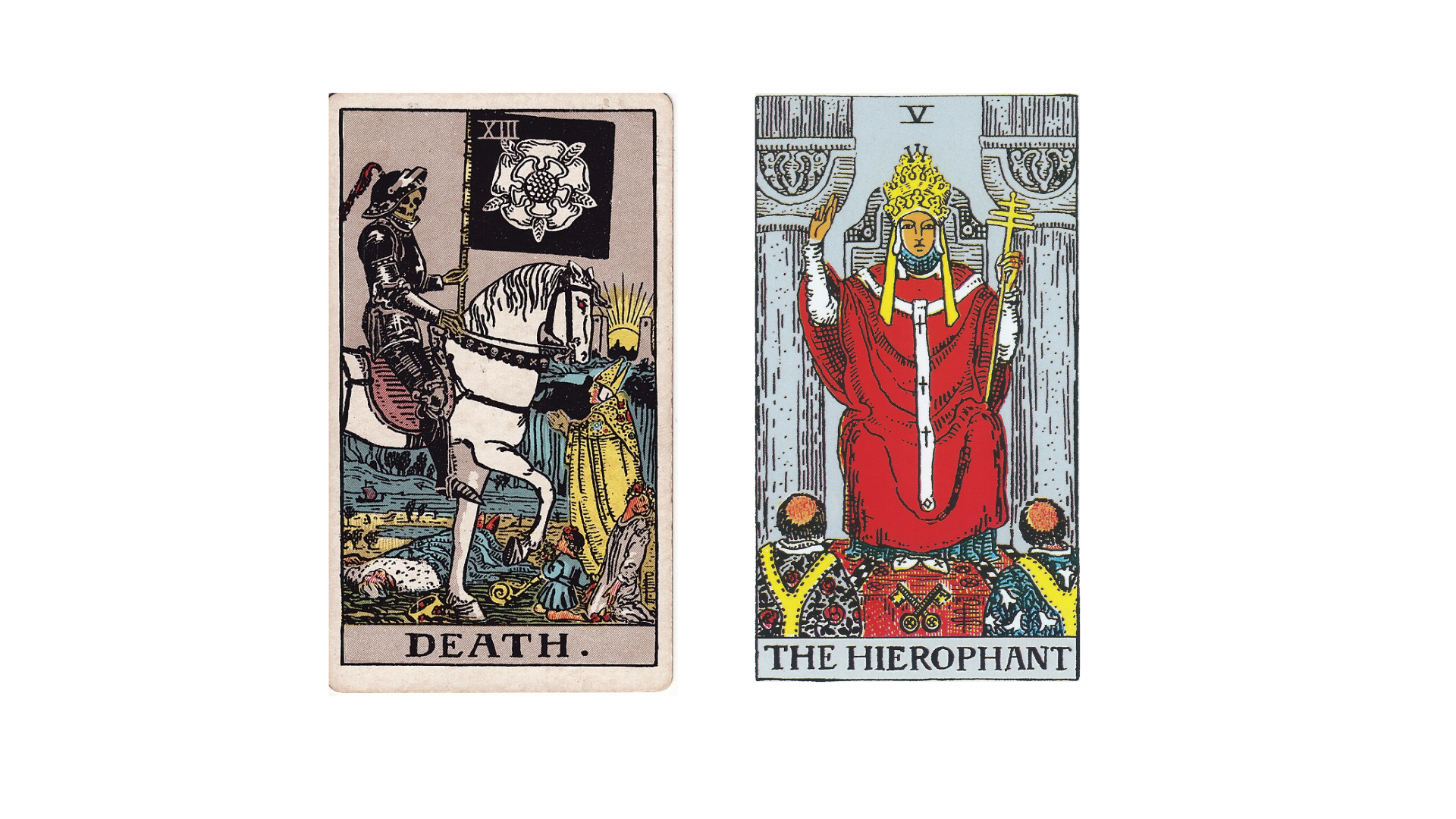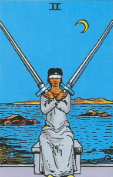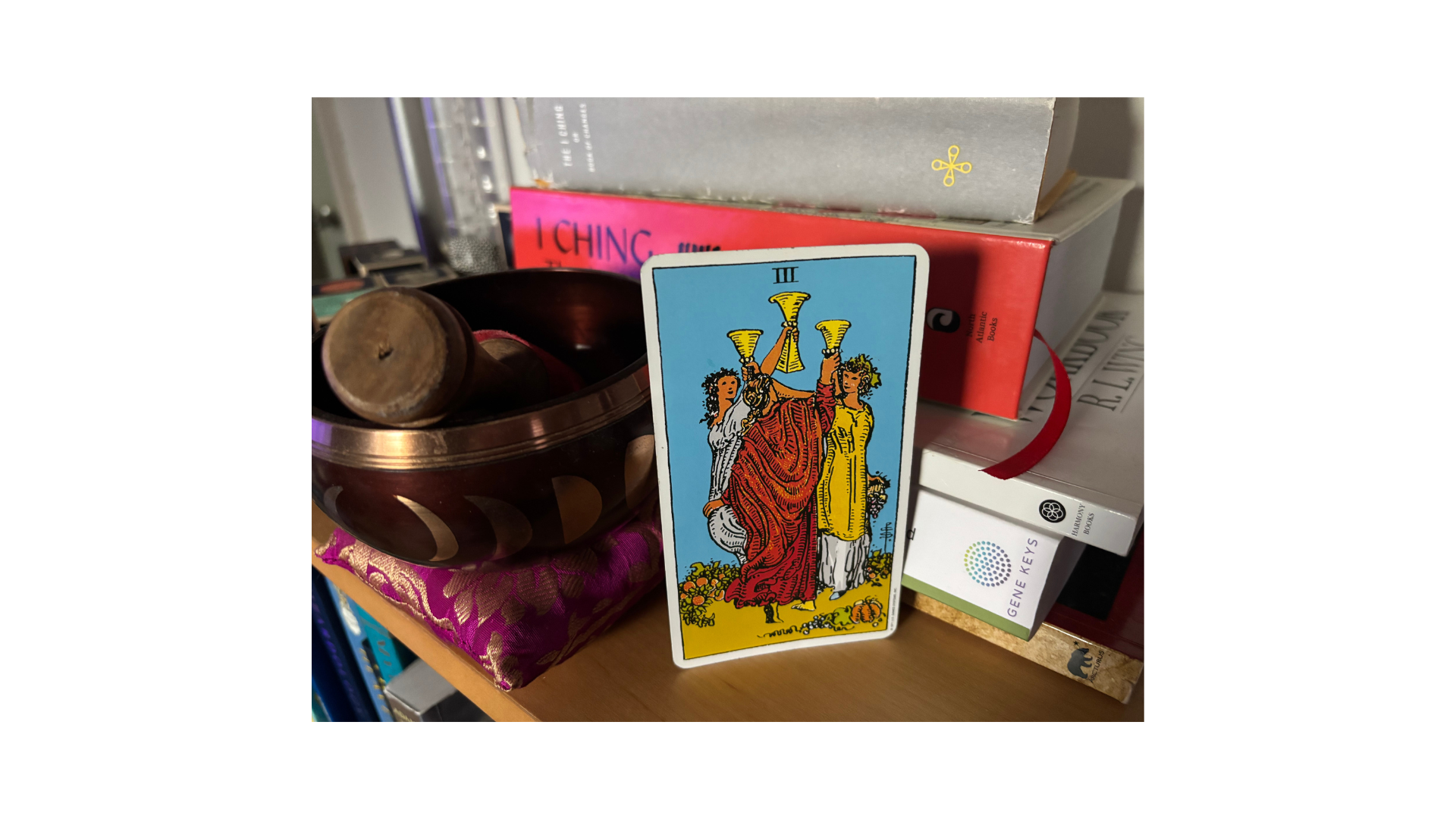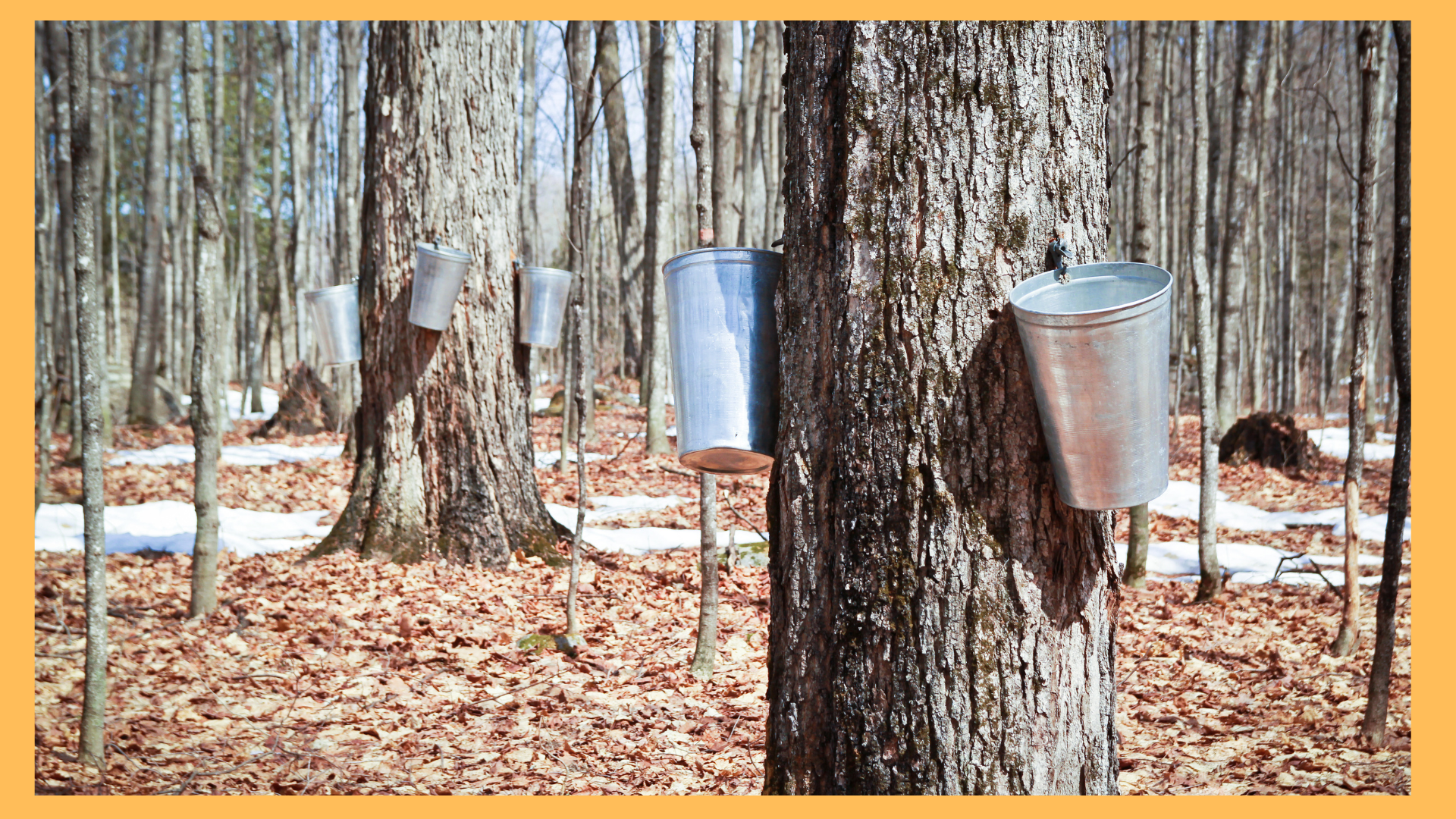Looking for God’s footprints
Our individuation, the process for becoming more and more undivided, happens whether we are aware of it or not.
The process is never completed but is impossible to avoid.
Murray Stein describes individuation as “an archetypal process with a goal.”
Jung described this goal process as “telos,” or that which pulls us into the future.
Ken James has said, “Individuation requires, among other things, the capacity to discern meaning at many levels.”
That brings us to the current Full Moon in Sagittarius. Sagittarius, and its ruler Jupiter, have a lot to do with how we pursue meaning in our lives.
As my favorite Jungian astrology author, Liz Greene, says:
Natal Jupiter can offer hints about the area in our lives where we’re likely to be presented with a succession of doors opening onto a path into the future. And a natal planet transited by Jupiter might tell us something about what dimension of our lives is being inspired and fertilised. Although this may not offer any clarity about the precise course of events in the concrete world, it can inspire a strong sense of hope and a faith in future possibilities (Greene, By Jove! p. 51)
One of my favorite visuals for Sagittarius is the Temperance card in tarot, which is traditionally associated with Sagittarius.
Temperance in this case isn’t about moderation.
Temperance is an alchemical card that “combines the elements of life” and mixes “disparate elements together, blending activities and feelings to produce a sense of harmony and peace” (Pollack, Seventy-Eight Degrees of Wisdom, pgs 108-109).
Sagittarius seeks understanding of the whole, the big cosmic design, through intuitive revelations or realisations. The light is glimpsed through making intuitive connections.
…For the light to shine, Sagittarius pursues clues which will reveal the plan. It is like looking for God’s footprints—the patterns that will reveal the ultimate truth, the ultimate meaning of life…Yes, Sagittarius needs a quest.
The Full Moon tonight won’t be this large and low in the sky again until 2043.
Maybe this will make it easier to find God’s footprints—and with them a strong sense of hope and faith in the future possibilities which we are being pulled toward.
_____________________
Consultations:
Astrology | Tarot | Typestrology | Tarot and Type
Writing:
Subscribe to the Reading in Depth monthly newsletter
Get blog posts for free by email or on Substack (also free)
Index to my popular blog posts about personality typology
